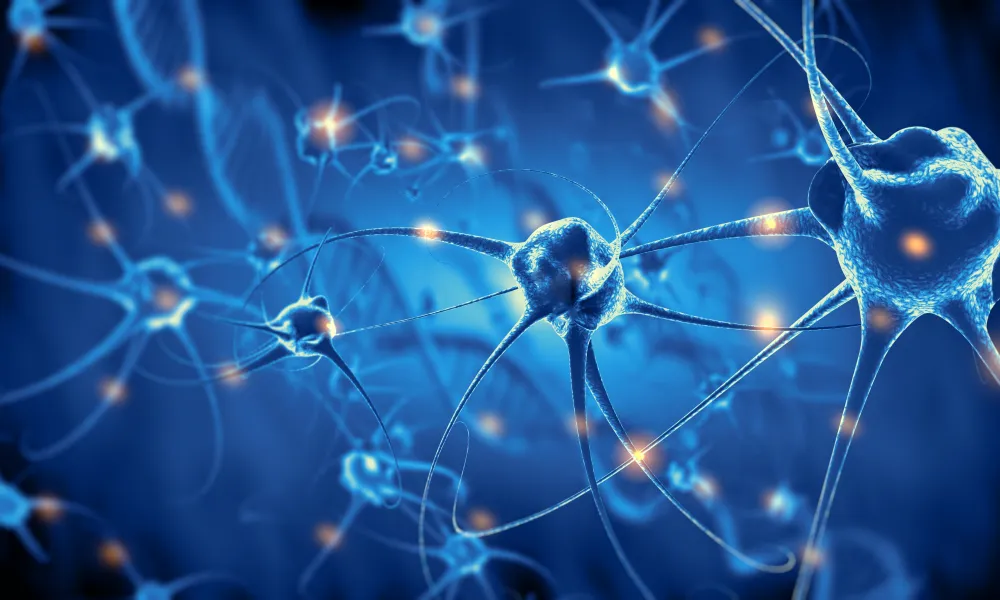NERVE CONDUCTION & ELECTROMYOGRAPHIC STUDIES
What can Electrodiagnosis do?
You depend on your nerves and muscles. If something goes wrong with them, electrodiagnosis can help you get to the bottom of what is happening. It is an effective way to examine nerve and muscle behavior and evaluate weakness, numbness and tingling, and pain. It is also helpful in assessing symptoms like muscle fatigue, cramps, and abnormal sensations.
- What should you do beforehand?
Prior to your test, please make sure you do not use any oils or lotions on the body part(s) to be tested. Please let your doctor know if you have hemophilia, a cardiac pacemaker, or if you are taking any blood-thinning medication such as Coumadin. - What should you expect?
The time for procedures varies, but you can generally expect the test to take from 30-60 minutes. There are no restrictions on your activity before or after the test, and no permanent after effects.
NERVE CONDUCTION TEST:
The first part of the test ( NCS ) involves placing small electrodes on your skin and applying a brief electric stimulus to one portion of a nerve. This nerve stimulation will cause you to have a tingling sensation. Your doctor evaluates the electric response of the nerve or muscle attached to the nerve. This information will tell your doctor if the nerve impulse is conducting normally, slower than normal, or not at all (which could indicate nerve damage ).
ELECTROMYOGRAPHIC TEST:
The second part of the test ( EMG ) analyzes the electric activity in your muscles. This is done by inserting a fine, sterile needle electrode into the selected muscle. The needle, which is not used for injections and does not give any shocks, may cause you some mild, temporary discomfort. By watching the electrical activity on a screen and listening over a loudspeaker, your doctor can determine whether or not the muscle is working normally.
- What happens after the test is completed? After the test is done, your doctor will interpret the results of the studies and generate a report. The report will promptly be entered into your electronic medical records chart for access. You need to make an appointment to see your referring provider to discuss the results in detail and coordinate the best treatment for you.

